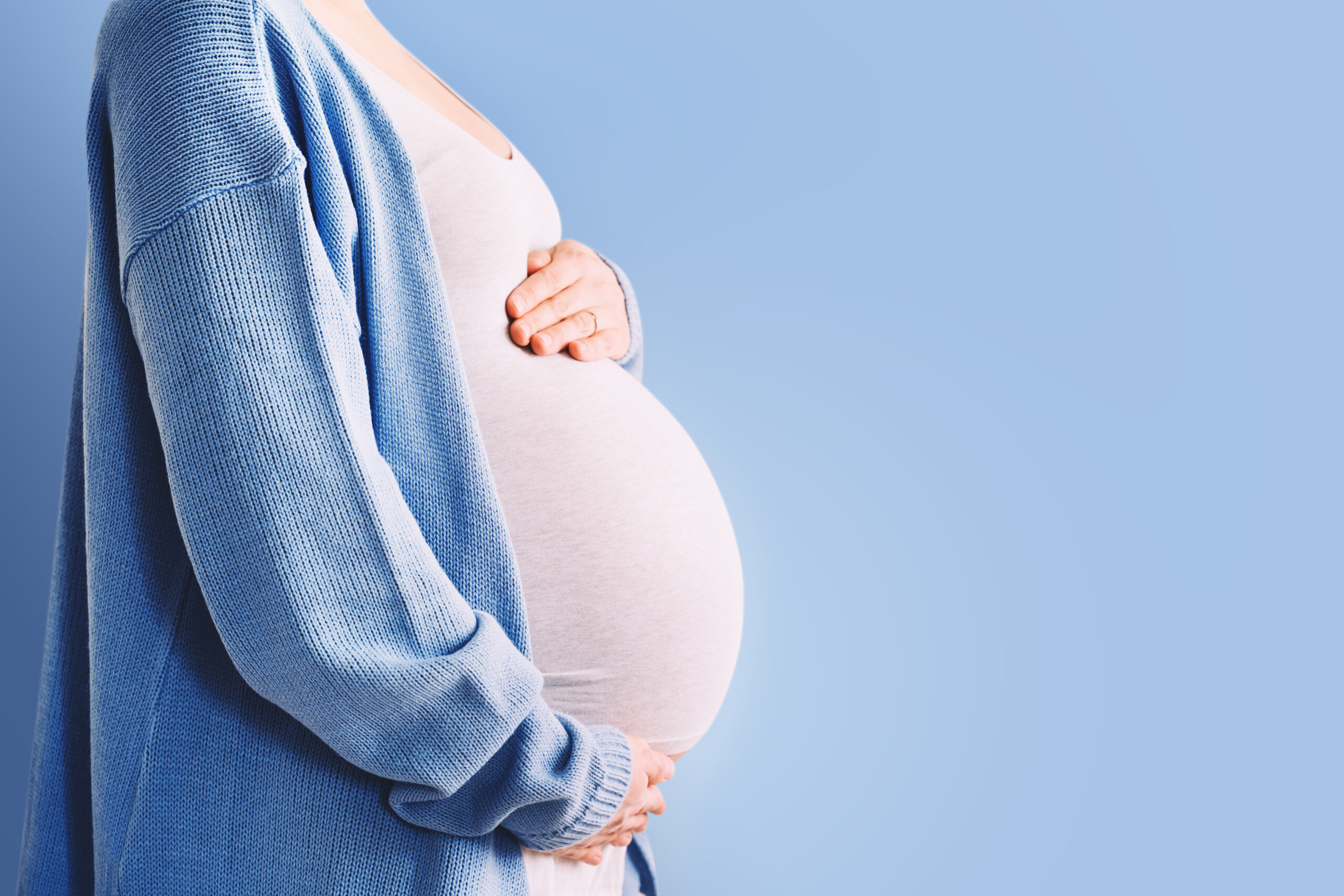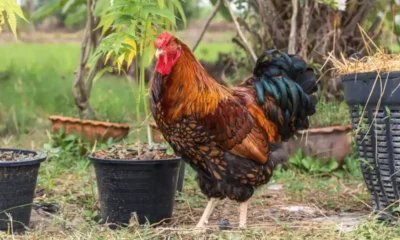Connect with us
Published
5 months agoon

Historically, the use of cannabis during pregnancy has been ill-advised for potential harm to the unborn child, though with changing legislation and wider availability, cannabis use during pregnancy has become more common.
The topic is especially relevant as cannabis reform has spread throughout the West. Pregnant people may turn to cannabis to help manage associated symptoms, like nausea and pain. Many cannabis users have deemed that use during pregnancy is generally safe, though the literature on the subject is limited.
Now, a new study is shedding further light on some of the risks associated with using cannabis while pregnant.
A study published Tuesday in the Journal of the American Medical Association looked at urine samples from more than 9,000 pregnant people across the U.S.between 2010 and 2013 and concluded that those who use cannabis during pregnancy are potentially putting their babies’ health at risk, with risk increasing along with more frequent use.
Specifically, researchers found that cannabis use during pregnancy increased the risk of unhealthy outcomes, notably low birth weight.
Of the 9,257 total eligible participants for the analysis, 610 (6.6%) had used cannabis during pregnancy. Just less than a third (32.4%) had cannabis exposure during the first trimester only, while 67.6% had ongoing exposure beyond the first trimester.
Researchers looked at the impact of cannabis use pertaining to a number of negative outcomes including low birth weight, medically induced premature birth, stillbirth and pregnancy-related high blood pressure. They ultimately found that the risk of negative outcomes rose by almost 30% in those who used cannabis during pregnancy.
To analyze this relationship, the researchers measured THC at three different periods, using that data to calculate total cannabis exposure through the duration of the pregnancy.
When looking at the individual outcomes, researchers found a 50% increase in risk for low birth rate, which was the strongest association. Low birth weight is defined as weighing less than 5 lbs., 8 ounces at birth, which in itself can lead to further health complications and long-term risks, like increased likelihood of chronic conditions later in life.
They also observed an increased risk of stillbirth, neonatal intensive care admission, neonatal complications and deaths, though the associations with those outcomes were not statistically significant. Therefore, researchers couldn’t finitely conclude whether those associations were strictly chance or actually causal.
Those who used cannabis throughout the entire pregnancy and had higher levels of exposure had the highest risks, according to lead study author Torri D. Metz. Conversely, those patients who stopped using cannabis early in pregnancy, specifically within the first trimester, significantly reduce the risk of adverse pregnancy outcomes.
Researchers also looked at tobacco use and other drugs,accounting for them in the analysis, namely adjusting for the use of other substances to avoid skewing the results related to cannabis.
The study was able to identify and measure the amount of cannabis pregnant people used, additionally highlighting the varying outcomes when it came to increased cannabis use, but there were still limitations. Namely, the study did not include information on why pregnant people used cannabis and exactly when they were consuming it and in what way.
“The take-home message for women is that there are still a lot of unknowns when it comes to the risks related to cannabis use during pregnancy,” said Ziva Cooper, a UCLA professor and director of the college’s Center for Cannabis and Cannabinoids. “It’s encouraging news that the risks were associated with continued use but not use during the first trimester.”
Previous studies have similarly affirmed some of the risks cannabis use during pregnancy holds. A 2019 study also noted that the number of pregnant people using cannabis doubled between 2002 and 2016, from 3.4% to 7%, and that those numbers are likely understated.


Study Reveals State Cannabis Legalization Lowers Immigrant Deportation


DEA Challenges Bid To Use Psilocybin Under ‘Right To Try’ Legislation


Vegans Rejoice as Farmers Switch from Chickens to Hemp


Louisiana Legislative Committee Unanimously Passes Adult-Use Cannabis Framework Bill


Louisiana House Bill to Regulate Hemp Products Advances Along With Senate Bill to Ban


Cresco Labs Workers Reportedly De-Unionize
